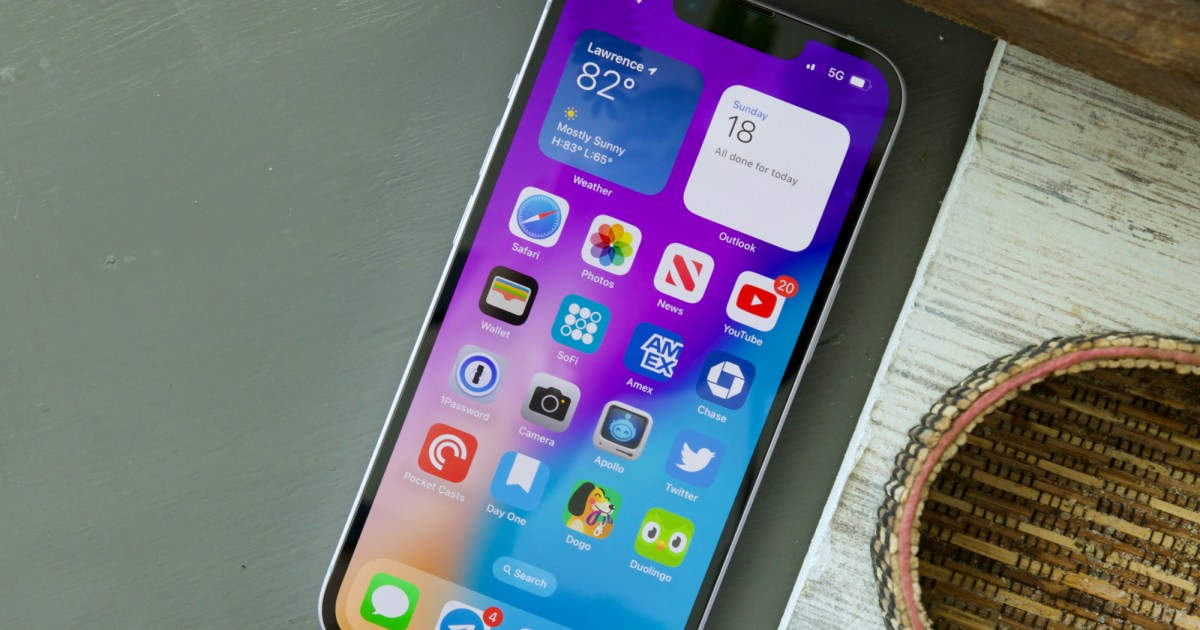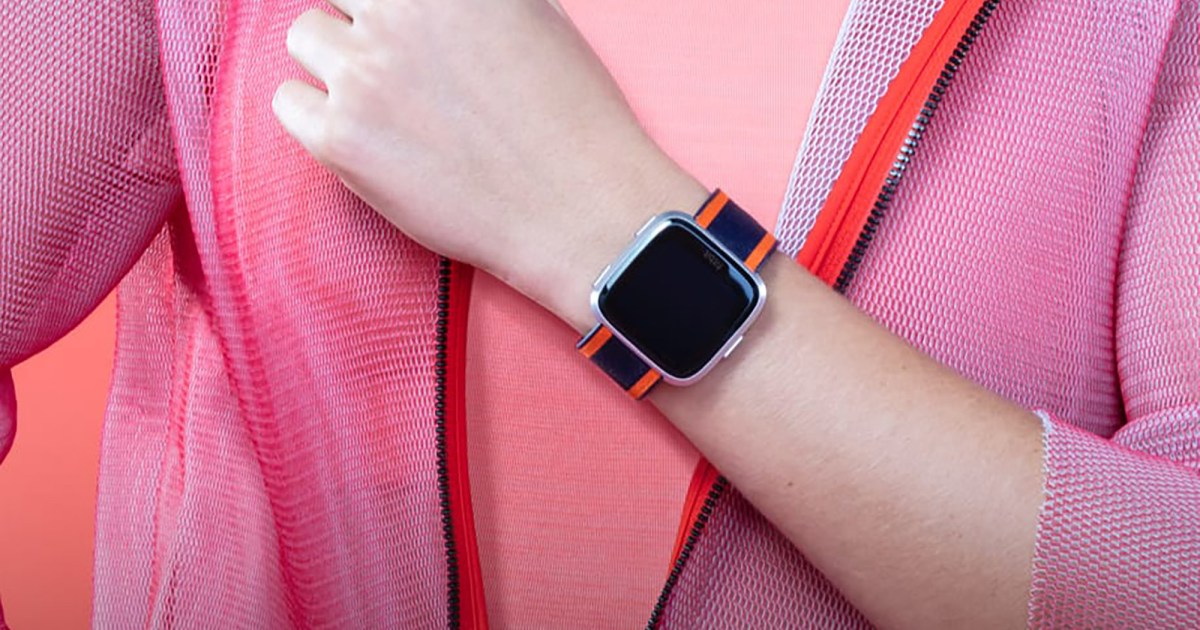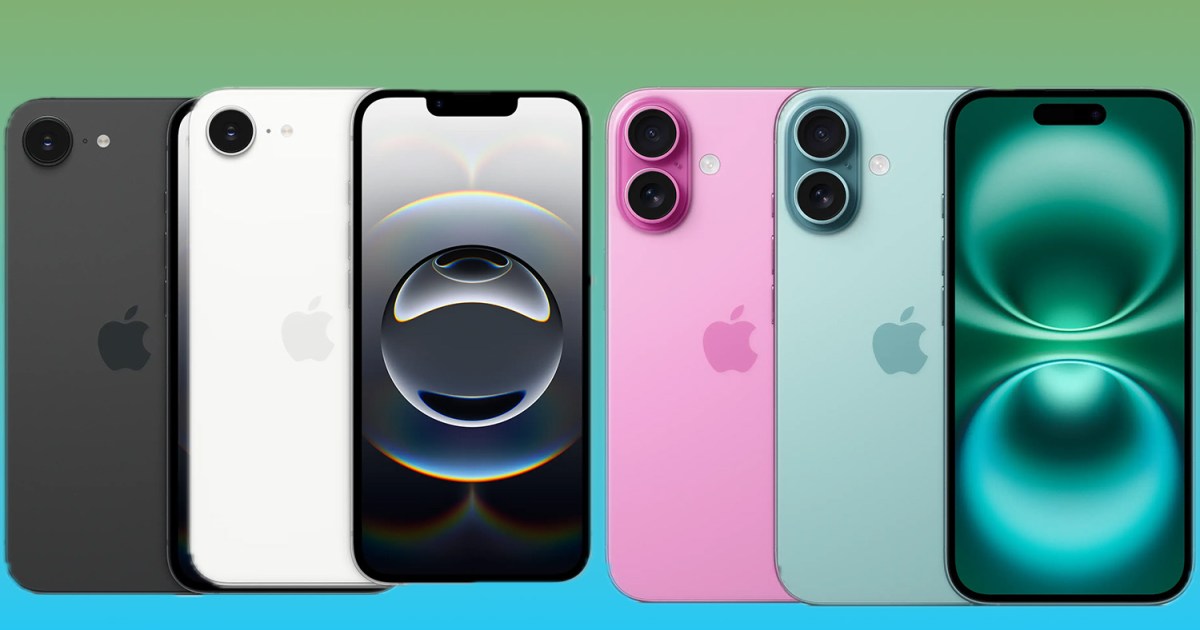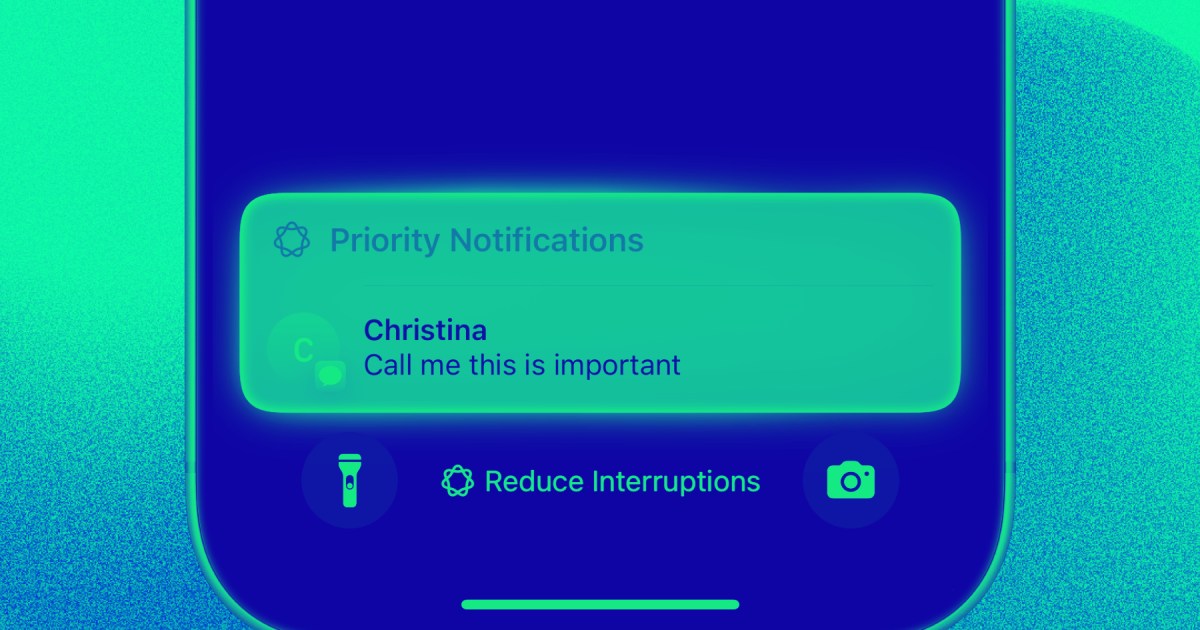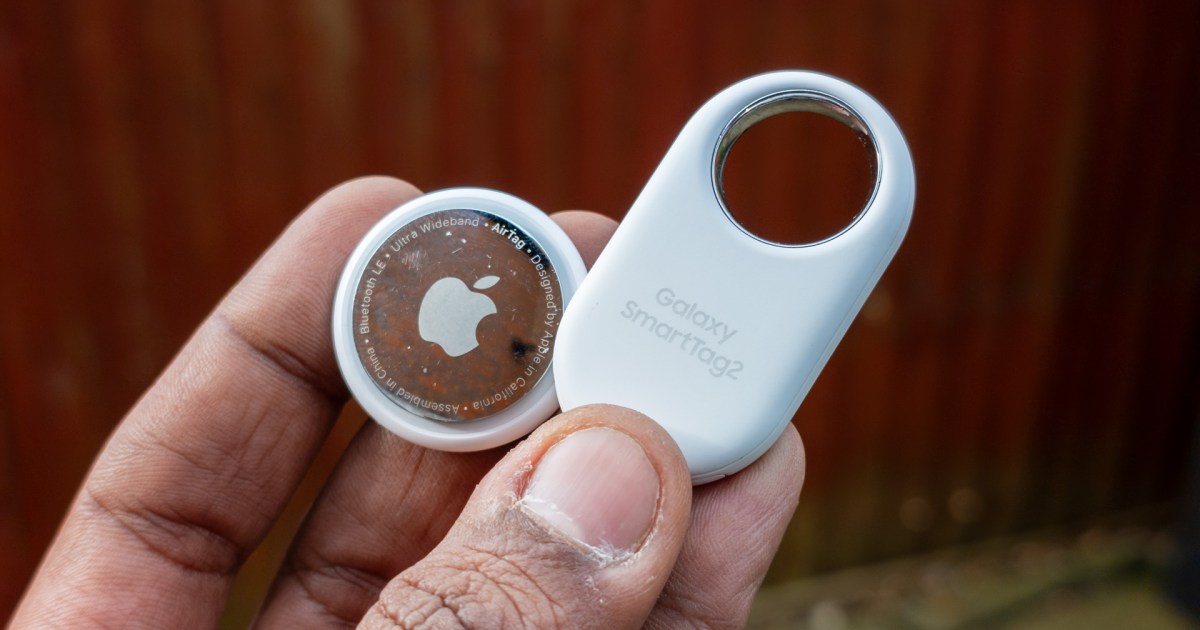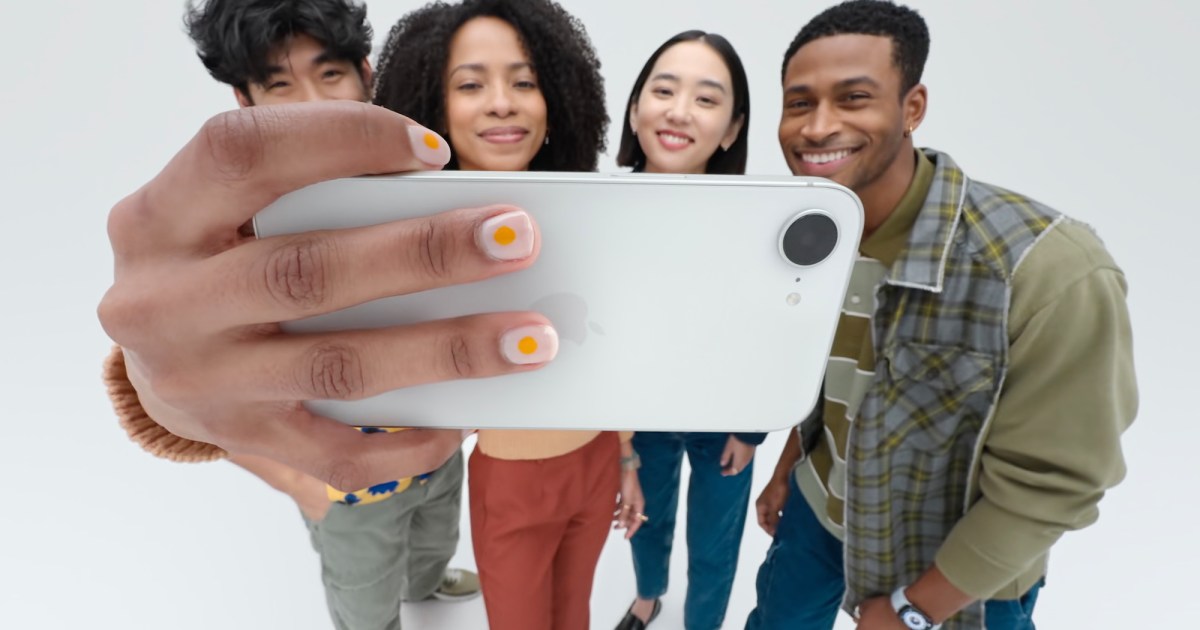Apple surprised everyone with the iPhone 16e, a new mid-range model that replaces the iPhone 14. It combines the iPhone 14’s design with the iPhone 16’s powerful A18 chip and introduces Apple Intelligence. But how does it stack up against its predecessor? This in-depth comparison analyzes the iPhone 16e and iPhone 14 across key features, including battery life, performance, camera capabilities, and software, to determine which device offers the best value.
Design and Display: Near Identical Twins
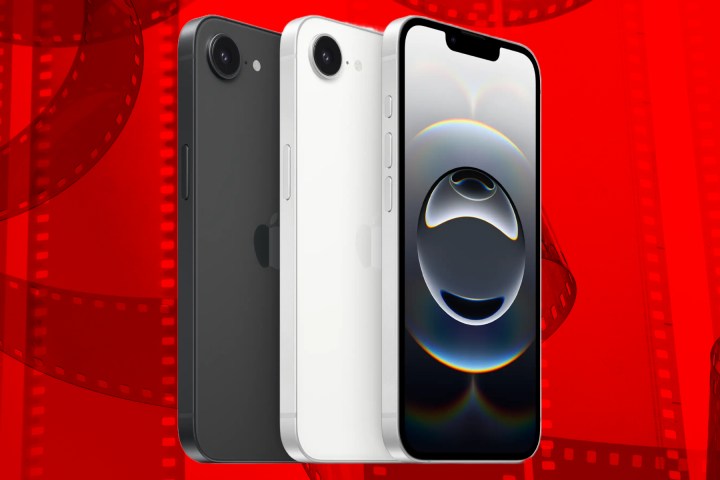 iPhone 16e depicted in black and white colors
iPhone 16e depicted in black and white colors
The iPhone 16e inherits the iPhone 14’s design, with a few key differences. The camera module is redesigned for a single lens, the mute switch is replaced by the Action Button, and a USB-C port replaces the Lightning connector. Both phones retain the comfortable, fingerprint-resistant aerospace-grade aluminum frame and the IP68 rating for dust and water resistance.
Both models feature a 6.1-inch Super Retina XDR OLED display with a 2532 x 1170 resolution, HDR support, and a peak brightness of 1200 nits. Colors are vibrant, and content is easily viewable even in bright sunlight. However, both phones are limited by a 60Hz refresh rate and lack an always-on display, features commonly found in competing Android devices. The iPhone 16e offers a limited color palette of black and white, compared to the iPhone 14’s wider selection.
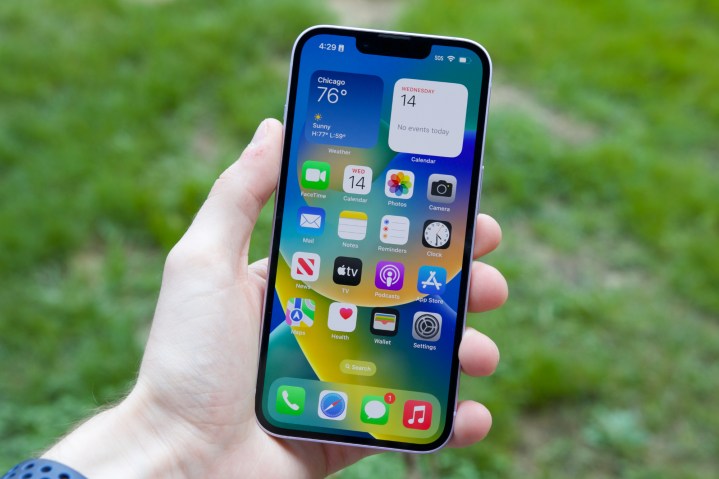 Someone holding an iPhone 14 with the display on, showing the Home Screen.
Someone holding an iPhone 14 with the display on, showing the Home Screen.
Winner: Tie
Performance: A18 Chip Takes the Lead
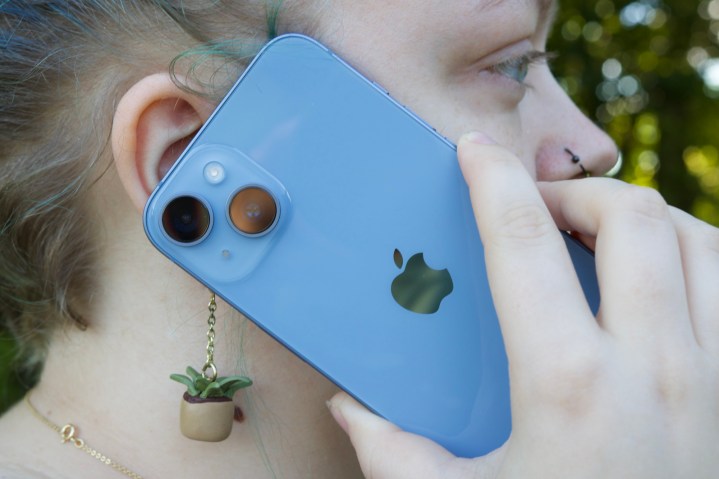 Someone holding up an iPhone 14 to their ear.
Someone holding up an iPhone 14 to their ear.
The iPhone 16e boasts the A18 Bionic chip, the same processor found in the iPhone 16. Coupled with 8GB of RAM, this enables Apple Intelligence functionality. It’s also the first iPhone to utilize Apple’s C1 modem. Storage options include 128GB, 256GB, and 512GB.
The iPhone 14 utilizes the A15 Bionic chip, providing smooth performance for everyday tasks and gaming. However, the A18 in the iPhone 16e offers a significant performance advantage.
Winner: iPhone 16e
Camera: Single Lens vs. Dual Lens
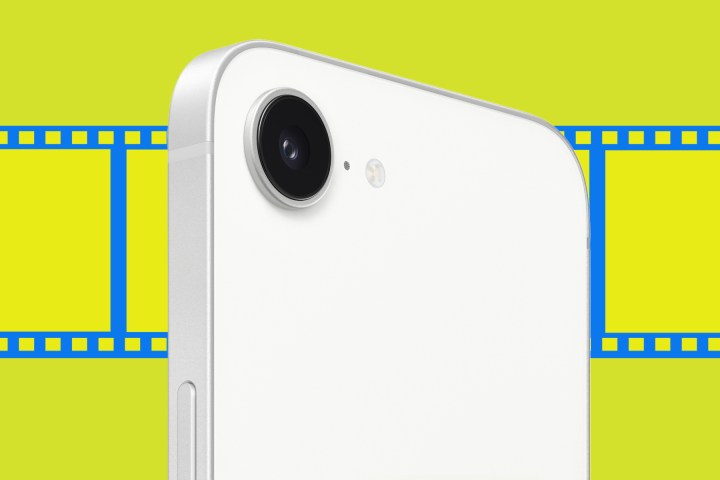 Side view of the iPhone 16e camera lens
Side view of the iPhone 16e camera lens
The iPhone 16e features a single 48MP Fusion Camera on the rear, a substantial upgrade from the previous iPhone SE. It offers 2x zoom in 12MP telephoto mode, Smart HDR 5, improved portrait mode, and advanced video recording capabilities. The 12MP TrueDepth front camera supports Face ID. Apple Intelligence features like Clean Up allow for removing unwanted elements from photos.
The iPhone 14 has a dual rear camera system with a 12MP main lens and a 12MP ultrawide lens. While the iPhone 14’s camera produces excellent images in good lighting, the iPhone 16e’s 48MP sensor and Apple Intelligence features give it an edge.
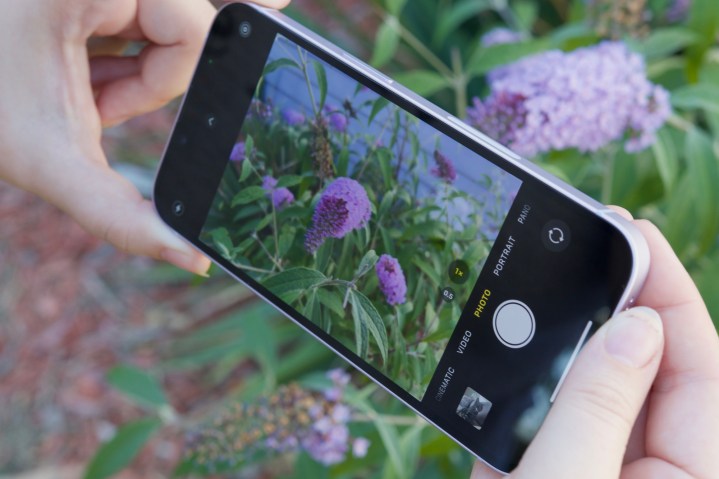 Someone taking a picture with the iPhone 14.
Someone taking a picture with the iPhone 14.
Winner: iPhone 16e
Battery and Charging: A Trade-off
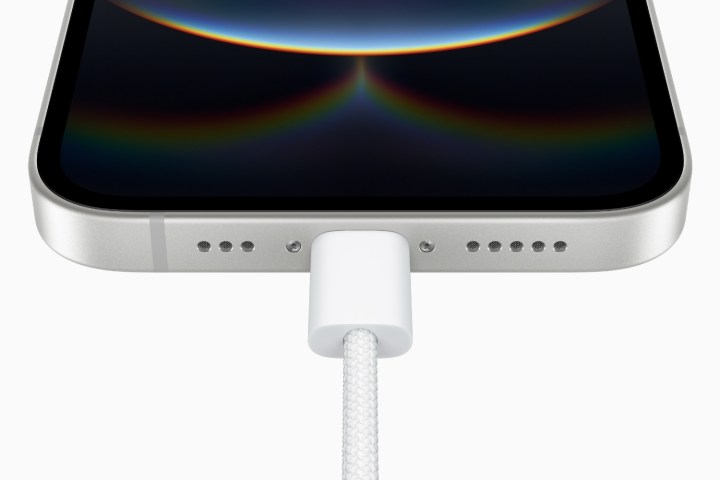 iPhone 16e with USB-C cable plugged into bottom.
iPhone 16e with USB-C cable plugged into bottom.
The iPhone 16e is expected to have similar battery life to the iPhone 14, although this has yet to be confirmed. While the iPhone 16e adopts USB-C charging, it appears to have slower wired and wireless charging speeds than the iPhone 14 and lacks MagSafe support. The iPhone 14 offers 25W wired charging, 7.5W Qi wireless charging, and 15W MagSafe charging.
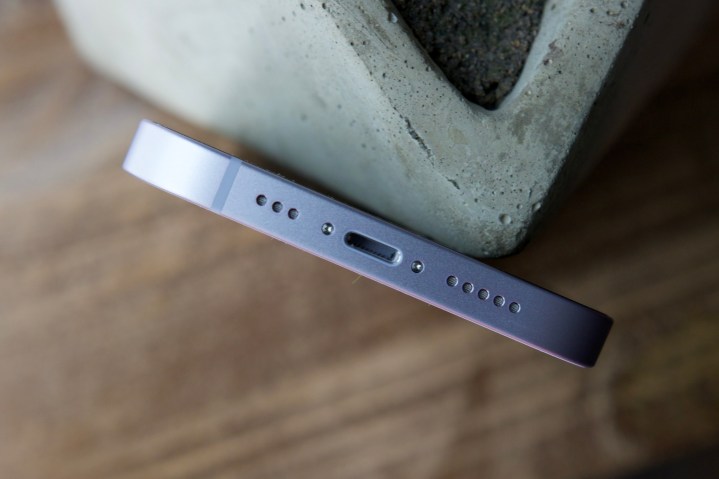 The bottom of an iPhone 14, showing its speaker grille and Lightning port.
The bottom of an iPhone 14, showing its speaker grille and Lightning port.
Winner: iPhone 14
Software and Updates: iOS 18 and Apple Intelligence
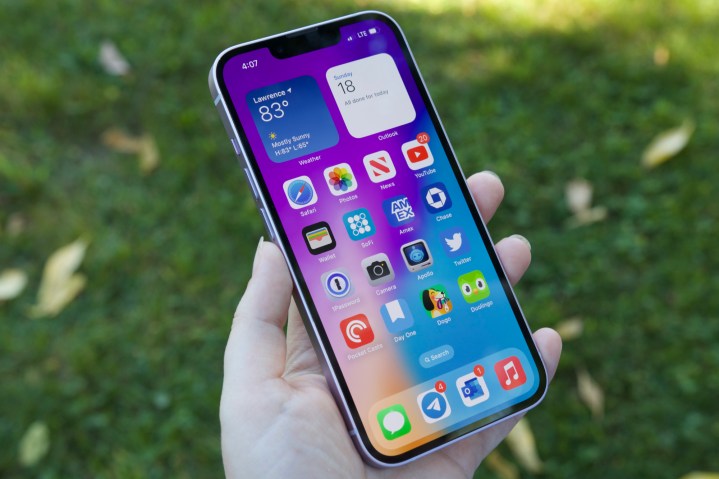 Someone holding an iPhone 14 with the display turned on.
Someone holding an iPhone 14 with the display turned on.
The iPhone 16e ships with iOS 18 and full Apple Intelligence support. The iPhone 14 can be updated to iOS 18, but it won’t support all the features, particularly Apple Intelligence. Both phones include Emergency SOS via Satellite and Crash Detection. Apple promises at least five years of software updates for both models.
Winner: iPhone 16e
Price and Availability: Similar Starting Price
The iPhone 16e starts at $599 for the 128GB model. The iPhone 14 is no longer sold by Apple but may be available from other retailers.
Verdict: iPhone 16e Offers More for the Future
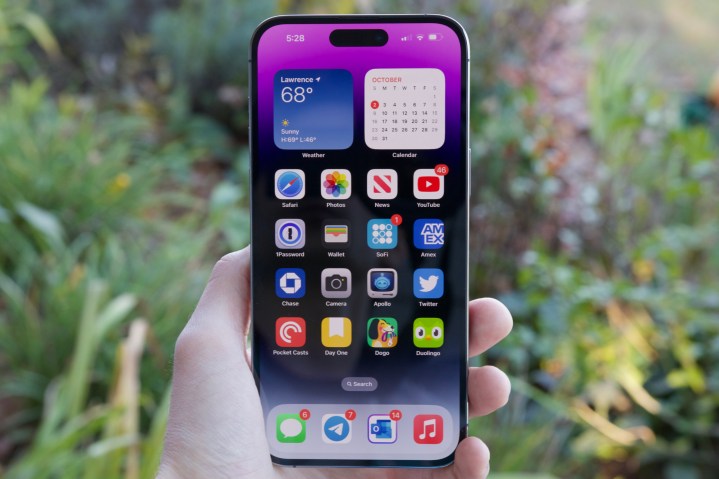 Someone holding the iPhone 14 Pro Max.
Someone holding the iPhone 14 Pro Max.
The iPhone 16e emerges as the winner with its A18 chip, advanced camera, Apple Intelligence integration, and longer software update support. While the iPhone 14 offers faster charging, the iPhone 16e represents a better long-term investment for those seeking the latest technology and features.



